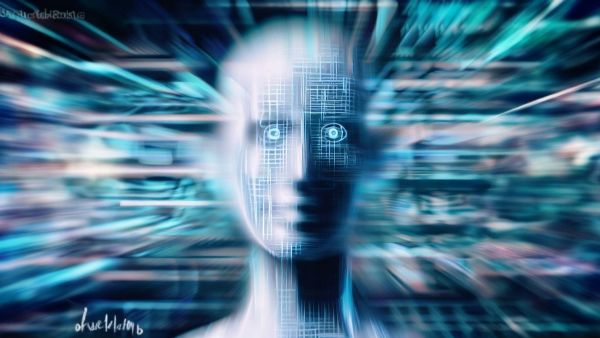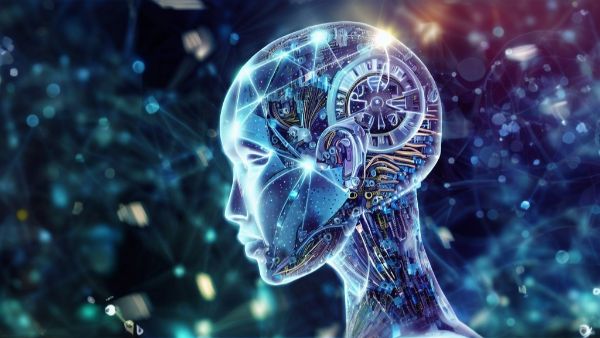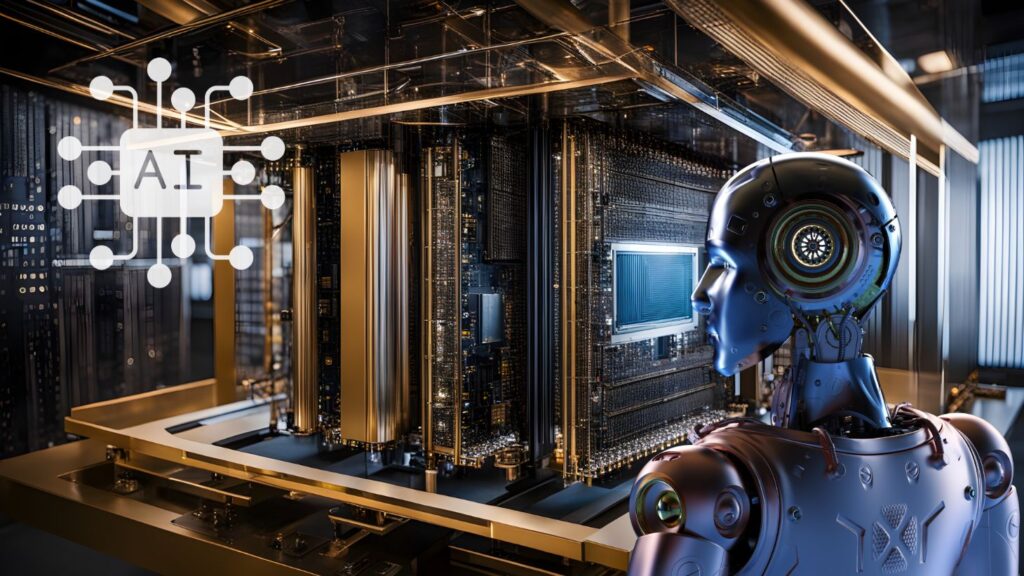Generative artificial intelligence (GenAI) has emerged as a remarkable technological advancement in the ever-evolving landscape of artificial intelligence. GenAI exhibits unparalleled creativity and problem-solving capabilities, but alongside its potential benefits, a concerning issue has arisen – the occurrence of hallucinations. These hallucinations manifest as instances where GenAI generates content that deviates from reality. The implications of these hallucinations are profound, ranging from fabricated articles to fictitious legal cases. In this article, we delve into the causes of GenAI hallucinations and explore strategies to prevent them, ensuring the authenticity and trustworthiness of AI-generated content.
Understanding the Root Causes of GenAI Hallucinations

The genesis of GenAI hallucinations can be attributed to several underlying factors:
1. Dataset Limitations
GenAI’s proficiency heavily relies on the quality and comprehensiveness of its training dataset. If the dataset suffers from shortcomings such as insufficient volume, bias, inaccuracies, or outdated information, these deficiencies can manifest as hallucinations in the generated content. In essence, GenAI can only be as reliable as the data it learns from.
2. Probabilistic Prediction
GenAI operates on probabilistic techniques, predicting the next token in a sequence based on the context of the prompt. It does not possess rational thinking capabilities or the ability to generate novel ideas. Consequently, if the training data lacks accuracy, GenAI may produce content that is factually incorrect but statistically likely.
3. Lack of “I Don’t Know” Responses
Unlike humans, GenAI models often lack the ability to admit ignorance. When faced with insufficient information, they attempt to generate responses based on their training data, potentially leading to hallucinatory content. This inability to say “I don’t know” can significantly impact content accuracy.
Strategies to Prevent GenAI Hallucinations

Addressing GenAI hallucinations is pivotal to ensuring the reliability and credibility of AI-generated content. Here are effective strategies to mitigate these hallucinations:
1. Implementing Guardrails
Guardrails act as vital constraints within generative models, guiding the content generation process to stay within acceptable boundaries. These guardrails come in three primary forms:
- Topical Guardrails: These prevent GenAI from commenting on specific topics, reducing the likelihood of content straying into unverified territories.
- Safety Guardrails: Safety guardrails ensure that GenAI responds with accurate information, avoiding potentially harmful language and drawing from trustworthy sources.
- Security Guardrails: These restrict connections to third-party apps and services that might introduce false or misleading data into the content, enhancing overall content reliability.
2. Human Oversight
Incorporating human oversight into the GenAI process is crucial. “Humans in the loop” refers to involving human experts at various stages of content generation. These experts possess the judgment and contextual understanding necessary to review and assess AI-generated content for accuracy and coherence. They can identify and rectify hallucinatory or misleading outputs, aligning the content with objective reality.
3. Regular Model Validation and Continuous Monitoring
Continuous model validation and monitoring are essential for mitigating GenAI hallucinations. Fine-tuning the generative model through rigorous testing and validation processes can uncover and rectify potential biases or shortcomings leading to hallucinatory outputs. Consistent monitoring of the model’s performance and content generation enables timely intervention and refinement of parameters and training processes.
4. Domain Expertise Integration
Organizations seeking to enhance the reliability of GenAI models should consider hiring specialists with domain expertise. These specialists possess deep knowledge of specific subject matters and ensure that the training data and models accurately capture the nuances of the targeted domain. They play a crucial role in refining the model’s training process, intervening when hallucinations or inaccuracies occur, and providing valuable feedback for future content generation.
5. The Rise of Prompt Engineering
End users can also influence AI outputs by crafting tailored prompts. The demand for individuals skilled in prompt engineering, who understand how to frame questions for desired AI responses, has surged. Effective prompt engineering is pivotal in obtaining accurate outcomes from GenAI.
Conclusion
Generative artificial intelligence holds immense promise but also presents challenges related to hallucinations in generated content. To harness the full potential of GenAI while maintaining trust and credibility, organizations must adopt a multi-faceted approach. This includes the implementation of guardrails, human oversight, regular validation, domain expertise, and the art of prompt engineering. By addressing these aspects comprehensively, we can mitigate GenAI hallucinations and ensure that AI-generated content aligns with reality, fostering consumer trust and loyalty.
In a rapidly evolving technological landscape, ensuring the authenticity of AI-generated content is not just a goal but a necessity. By embracing these strategies, we can navigate the challenges posed by GenAI hallucinations and unlock the true potential of artificial intelligence in a responsible and reliable manner.



